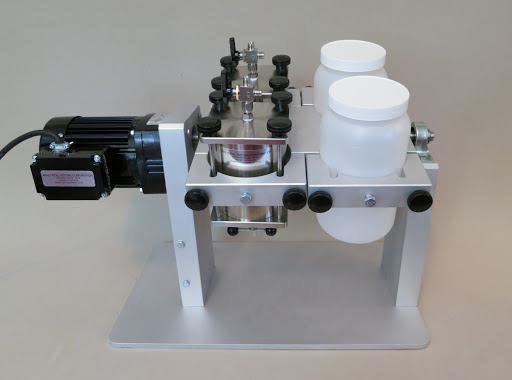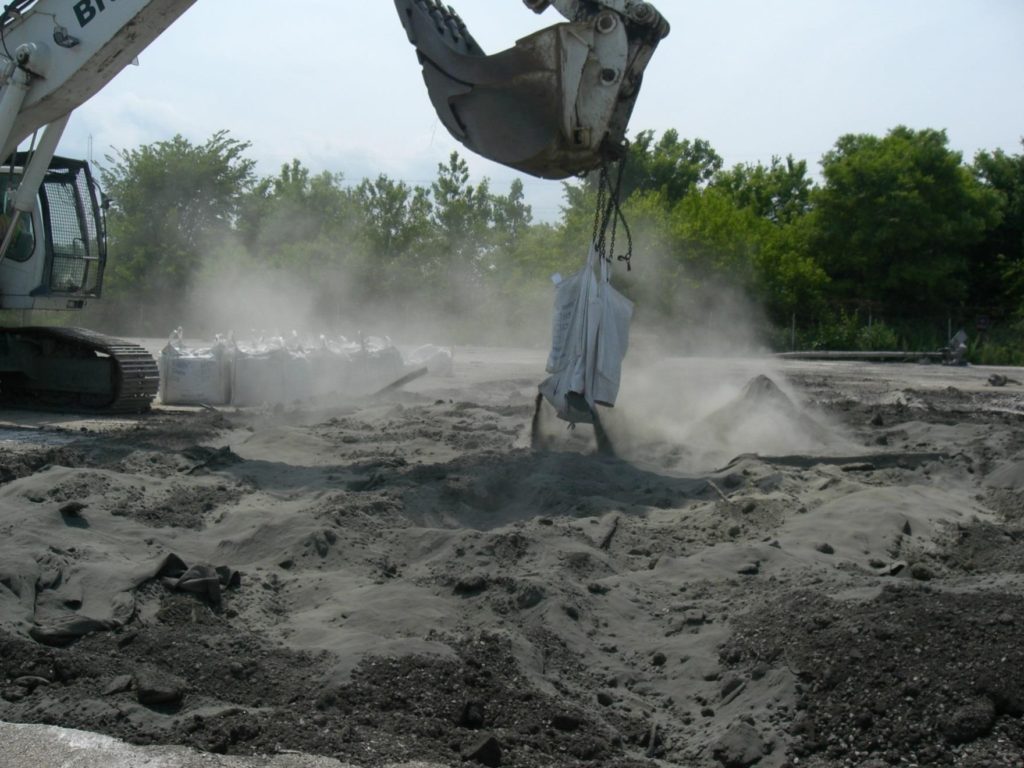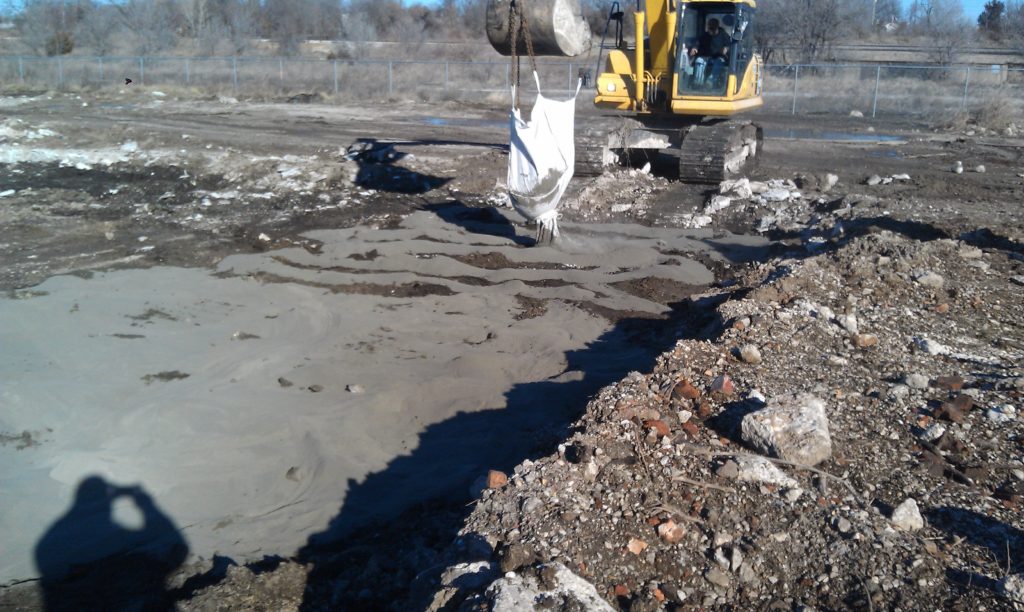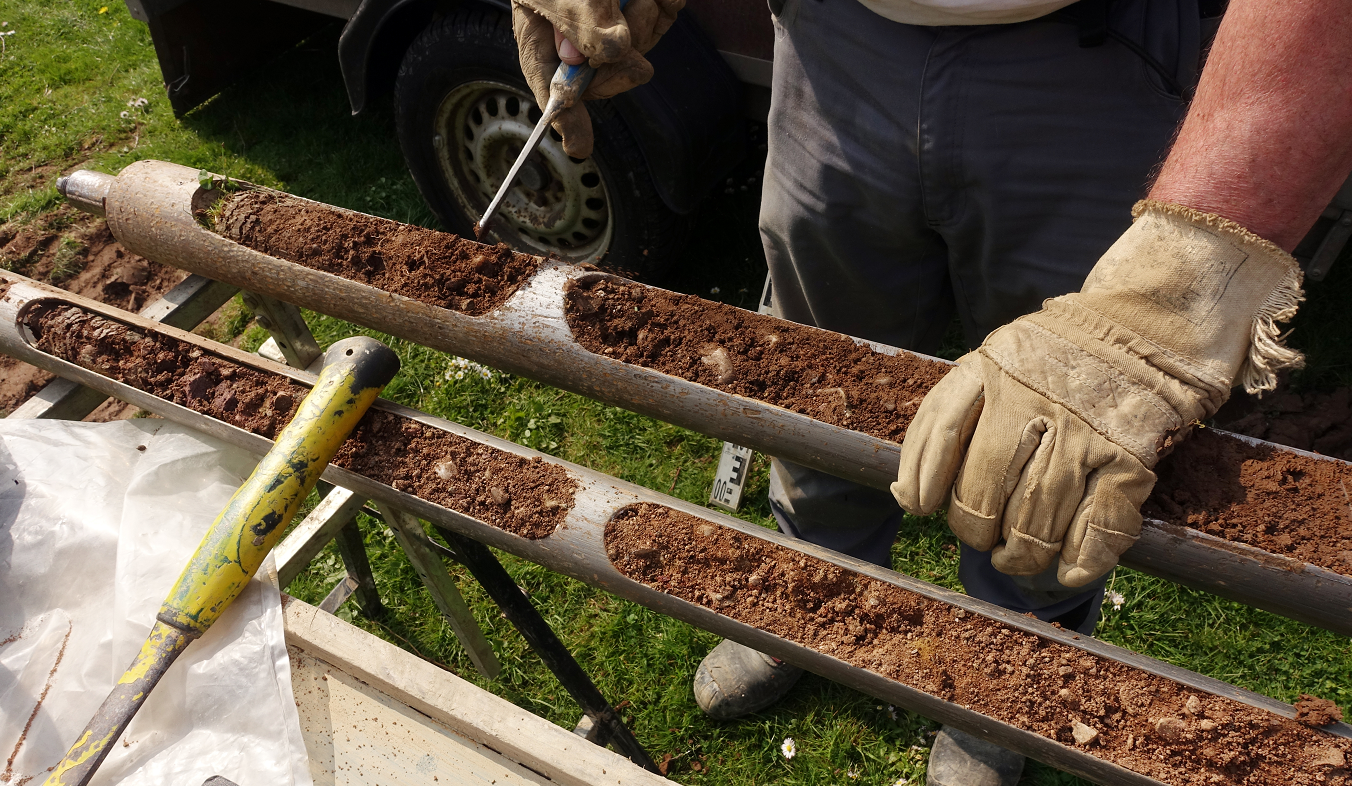Heavy Metals Contaminated Soils Site Characterization
The EPA requires a Toxicity Characteristic Leaching Procedure (TCLP, EPA Method 1311) test to characterize heavy metals contaminated soils and determine how they should be disposed. Soils exhibiting hazardous characteristics, typically leaching metals at greater than 5.0 mg/L, need to be disposed of at a permitted hazardous waste facility, typically at a much higher cost. The results present the amount of metal that leached from the sample in grams per liter of leachate.
Remedial options range from creating an engineered barrier, to treatment, excavation and disposal. Disposal of contaminated soils may be done at either a non-hazardous (Subtitle D) landfill or a hazardous waste landfill (Subtitle C).
The site soils should be sufficiently analyzed to allow a good understanding of spatial variability of the heavy metals contamination. Factors such as testing locations, previous tests, former site usage should also be considered when determining a sampling plan. For sites with a high degree of variability and spatial distribution of contamination, multiple soil samples should be taken to characterize the soil.


TCLP Test
In addition to the TCLP test, there are other leach tests you could perform depending on what your goals are. Table 1 below illustrates the protocol and materials used in these tests in comparison to the TCLP. Keep in mind, the TCLP test is proper test to determine if the waste is hazardous.

You should also note that a total heavy metals test should not be used to characterize soil waste. A total metals analysis can be another good data set to understand the degree of contamination and how treatable it may be. You should not base a disposal decision on total metals analysis alone.
Baseline TCLP testing on untreated soil should be done at a sufficient frequency to understand the variability. Once done, representative samples tested with reagents to determine the effective dosage rate of the reagent.

One sample may be needed to represent site variability, sampling from the area with the highest heavy metals TCLP results. Some sites are characterized in “ranges”; low, medium and high based on initial TCLP results. Effective dosages can then be determined for each “range”.
A 500-gram sample from each testing location is taken and split into three aliquots. Samples are analyzed by the Toxicity Characteristic Leaching Procedure.
Once you have these results and are able to determine what portion of the soil is heavy metals hazardous, you now have sufficient data to design a treatability study, or have one designed for you. The purpose of the treatability study is to determine more cost effective options to hazardous waste disposal.







